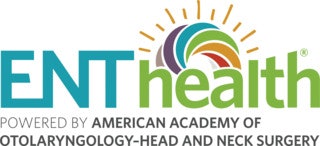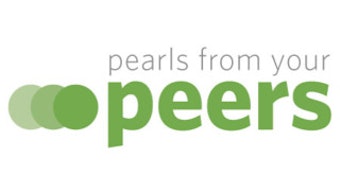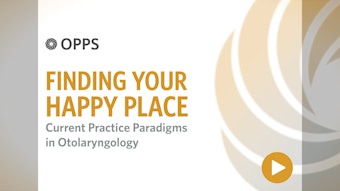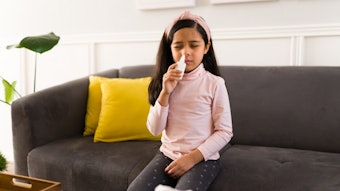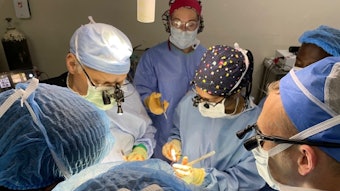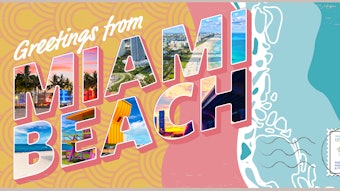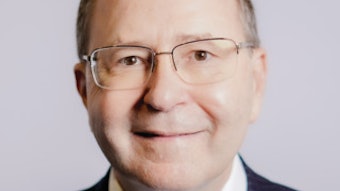Consumer Sleep Technologies and Wearables: Integration into Practice
The availability and popularity of consumer sleep technologies has surged. Learn about their capabilities, limitations, and applicability in clinical practice.
Y. James Zheng, MD, Jolie L. Chang, MD, and Yi Cai, MD
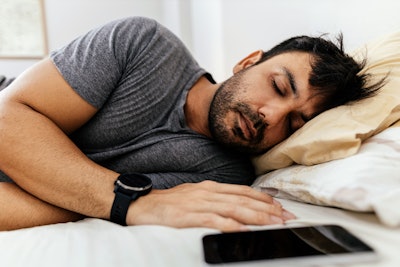
Reliability of CST Metrics and Limitations
CSTs claim to assess measures such as sleep architecture metrics (e.g., sleep time, sleep stages, sleep onset, time spent awake after sleep onset) along with heart rate, oxygen saturation, and body temperature. The reliability of CST metrics may vary depending on the data being measured. When heart rate is measured in relatively motionless conditions like sleep, the measurements from wearables tend to be accurate.1 Total sleep time estimates are fairly robust across various devices; whereas wake time after sleep onset1 and sleep staging are less reliable.2 With regard to oxygen saturation data, the sensors used in CSTs differ from medical-grade pulse oximeters; thus, measurements should be approached with caution. Lastly, most CSTs do not have the ability to diagnose OSA nor estimate OSA severity, as measured by the apnea-hypopnea index (AHI).1,3
It is important to note that most CST validation studies have been conducted in young, healthy adults and thus have potentially limited generalizability to older adults with chronic illnesses.1 CST user characteristics (such as obesity, skin color, or biological sex) may also affect readings. There are also frequent updates to devices and the algorithms they employ. The algorithms are typically proprietary, and most devices do not allow access to the raw data collected by device sensors, which makes it difficult to evaluate the validity of the generated data.1,4 Lastly, it is important to take notice of when validation studies for these products are funded by CST manufacturers.4,5
Considerations for Clinical or Research Use of CSTs
One advantage of CSTs is the ability to collect longitudinal data. This may be particularly useful in OSA, which is otherwise typically assessed by sleep testing conducted over one or just a few nights. CSTs may also allow tracking of changes in OSA over time or in response to therapies. This may be especially useful in patients undergoing treatment with alternatives to continuous positive airway pressure (CPAP). In contrast to CPAP, alternative treatments and surgeries often do not have methods for tracking therapy efficacy on a nightly basis.
Care must be taken when interpreting data from consumer devices in clinical contexts. In 2018, the American Academy of Sleep Medicine (AASM) released a position statement on CSTs with an overall tone of cautious optimisim.6 The AASM emphasized that CSTs should meet the same stringent requirements of FDA approval as any other medical device if they are to be used clinically. At the same time, they also recognized that CSTs may be valuable adjuncts to enhance both patient and clinician experience throughout the treatment course of OSA. The AASM’s updated statement in 2021 provided further discussion of evolving technologies with an emphasis on the utility and limitations of artificial intelligence and machine learning algorithms used with CSTs.4 In 2023, the Sleep Research Society released a statement regarding CST use in research.1 They posited that CST data may be valuable in sleep research with appropriate selection of devices, participants, and acknowledgement of inherent limitations when interpreting results.
Examples of CST Applications for OSA Care
Our panel also described experiences with piloting CSTs in patients who underwent OSA surgery. In all the examples provided, CSTs were applied longitudinally and patients served as their own controls. In one example, a mobile phone application that tracks snoring was applied in hypoglossal nerve stimulation (HGNS) therapy patients.7 The case series was the first to report longitudinal changes in objectively measured snoring, one of the top complaints among OSA patients8 that may also be a useful marker of OSA severity.9,10 In another example, a sleep-tracking mat placed under the mattress was used in HGNS patients. The mat was designed to detect OSA with estimations of AHI, and demonstrated a trend of declining daily AHI estimates as HGNS therapy was up-titrated after activation. Finally, a popular wearable CST ring was also applied in HGNS patients, including during a week of HGNS therapy turned off. OSA symptoms significantly differed during the one week of HGNS withdrawal and immediately rebounded with therapy resumption.11 The changes in CST metrics during this study correlated with certain patient-reported symptoms, indicating potential value in the use of CSTs for longitudinal tracking of OSA patients.11 Importantly, the panelists agreed that CST data should be interpreted based on changes from baselines rather than by absolute values.
Summary
In summary, CSTs have rapidly increased in popularity and may offer potential value in the longitudinal monitoring of sleep-related metrics for patients with OSA. Some metrics, such as heart rate and total sleep time, may be reliable for healthy users. Others, such as sleep staging, wake time after sleep onset, and oximetry, may require ongoing improvements to device sensors and algorithms before they can be used clinically. In patients with chronic medical conditions, these technologies require further validation and possibly adaptation of algorithms. Pilot studies have examined use of a mobile phone application, a nearable, and a wearable CST in surgical OSA patients with results that demonstrate potential CST value in providing adjunct clinical information.
References
- de Zambotti M, Goldstein C, Cook J, et al. State of the science and recommendations for using wearable technology in sleep and circadian research. Sleep. Published online December 27, 2023:zsad325. doi:10.1093/sleep/zsad325
- Zhai H, Yan Y, He S, Zhao P, Zhang B. Evaluation of the Accuracy of Contactless Consumer Sleep-Tracking Devices Application in Human Experiment: A Systematic Review and Meta-Analysis. Sensors. 2023;23(10):4842. doi:10.3390/s23104842
- Gu W, Leung L, Kwok KC, Wu IC, Folz RJ, Chiang AA. Belun Ring Platform: a novel home sleep apnea testing system for assessment of obstructive sleep apnea. J Clin Sleep Med. 16(9):1611-1617. doi:10.5664/jcsm.8592
- Schutte-Rodin S, Deak MC, Khosla S, et al. Evaluating consumer and clinical sleep technologies: an American Academy of Sleep Medicine update. J Clin Sleep Med. 17(11):2275-2282. doi:10.5664/jcsm.9580
- Pires GN, Arnardóttir ES, Islind AS, Leppänen T, McNicholas WT. Consumer sleep technology for the screening of obstructive sleep apnea and snoring: current status and a protocol for a systematic review and meta-analysis of diagnostic test accuracy. J Sleep Res. 2023;32(4):e13819. doi:10.1111/jsr.13819
- Khosla S, Deak MC, Gault D, et al. Consumer Sleep Technology: An American Academy of Sleep Medicine Position Statement. J Clin Sleep Med JCSM Off Publ Am Acad Sleep Med. 2018;14(5):877-880. doi:10.5664/jcsm.7128
- Zheng YJ, Cai Y, Ifeagwu KC, Chang JL. Snoring Patterns During Hypoglossal Nerve Stimulation Therapy Up-Titration. The Laryngoscope. 2024;134(2):987-992. doi:10.1002/lary.30815
- Cai Y, Tripuraneni P, Gulati A, et al. Patient-Defined Goals for Obstructive Sleep Apnea Treatment. Otolaryngol Neck Surg. Published online February 8, 2022:01945998221075298. doi:10.1177/01945998221075298
- Maimon N, Hanly PJ. Does Snoring Intensity Correlate with the Severity of Obstructive Sleep Apnea? J Clin Sleep Med JCSM Off Publ Am Acad Sleep Med. 2010;6(5):475-478.
- Sowho M, Sgambati F, Guzman M, Schneider H, Schwartz A. Snoring: a source of noise pollution and sleep apnea predictor. Sleep. 2019;43(6):zsz305. doi:10.1093/sleep/zsz305
- Cai Y, Zheng YJ, Cheng CM, Strohl KP, Mason AE, Chang JL. Impact of Hypoglossal Nerve Stimulation on Consumer Sleep Technology Metrics and Patient Symptoms. The Laryngoscope. doi:10.1002/lary.31398
